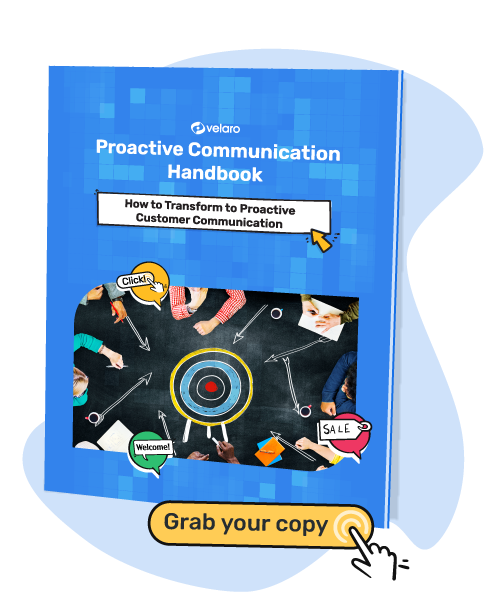Pop-ups are a popular tactic for engaging website visitors, we certainly have seen the benefits of using them in the proactive chat world, but are they doing your Sales and Marketing teams more harm than good?
Both the HubSpot Blog and Moz’s Whiteboard Friday have covered best practices for pop-ups. They identify four considerations for optimizing pop-ups on your website:
- Timing
- Ease-to-close/dismiss
- Relevant content
- Human language
The first two of these fall under user experience (UX), which impacts bounce rate/SEO.
User Experience (UX) and SEO
A high bounce rate on your website is an indicator to search engines (most notably Google) that your content is not relevant to your visitors, which in turn will hurt your search engine rankings. As such, it’s important that you try to keep your bounce rate low.
While irrelevant content is one contributing factor to a high bounce rate (“this isn’t what I was looking for”), a poor UX can also result in a high bounce rate (“this is too confusing/slow-going to be worth using”). Pop-ups can have a tremendously negative impact on user experience design if done poorly.
Both HubSpot and Moz advise that the timing of when you show a pop-up should be informed by user behavior. Don’t interrupt users with a pop-up while they’re reading a piece of your content, for instance. Setting the pop-up to appear after a period of idleness, or when the user moves their mouse to exit the browser session makes for better UX (especially if you are an eCommerce site and the user goes idle while in the middle of the checkout process). The content you show in the pop-up matters as well—more on that in the Lead Quality section below.
Implement your pop-up (or proactive chat invitation) on some but not all your pages and see how it impacts your bounce rate. If the rate bounce spikes, try adjusting the timing (and if using proactive chat, the demographic- and behavior-based triggers) to see if you can find the right balance of good UX and quality lead generation.
The second UX-based consideration for pop-ups is the ease with which the user can close or dismiss the pop-up. If it isn’t obvious and easy, rather than completing your form to get past this barrier you’ve put between them and the information they came to your website to find, the user may just opt to leave your website altogether. HubSpot offered this great graphic showing bad vs. good UX for a pop-up for a visitor visiting your website from a phone:
The ease with which the pop-up can be closed or dismissed can also be a factor in lead quality. While some users may opt to leave your site, others may just put bogus information into your form. You want to be sure your marketing team isn’t counting these “conversions” alongside actual leads in their conversion rate optimization (CRO) efforts, and certainly not in their lead counts.
One final note about closing/dismissing pop-ups: don’t include manipulative language (e.g., “No thanks, I don’t like discounts”) in your exit button. While this kind of tactic may still get you a conversion in the short-term, it’s a bad brand experience and results in a lower-quality lead.
Lead Quality
In addition to perfecting pop-up timing, and filtering out bogus contact information, the Marketing team needs to pay attention to what the pop-up is offering, and the wording it uses in its offer.
If a user is reading an article on your blog, it makes sense to invite them to sign up for updates when new articles are published. If the user is about to exit your eCommerce website, it makes sense to offer to send them an email with links to the products currently in their cart. An irrelevant content offer will likely be ignored by a user. Differentiated proactive chat invitations (informed by visitor demographics and/or behavior) are so successful for this very reason—because they allow for more customized (and therefore more relevant) content offers.
HubSpot offers the following advice about wording be specific, actionable, and human. They point out that you don’t have a lot of space to work within a well-designed pop-up, so you need to make those words count. That means engaging the user person-to-person and being explicit about exactly what you are offering and what the user needs to do to get it. Hubspot offers a free online form builder to design the experience. With this level of transparency, there is a high likelihood of the leads being high-quality.
Soon, this level of transparency may not merely be best practice, it may be the law. This seems to be the direction GDPR and PECR are moving things.
Final thoughts
Digital marketing ultimately comes down to conversions: what is the lead quality of website visitors giving you their contact information? Are you increasing the number of quality leads you’re generating for the Sales team?
While pop-ups can be an effective method for increasing conversions, it’s important that you use them in a way that doesn’t compromise UX or lead quality, as ultimately this will hurt your Marketing and Sales goals.






